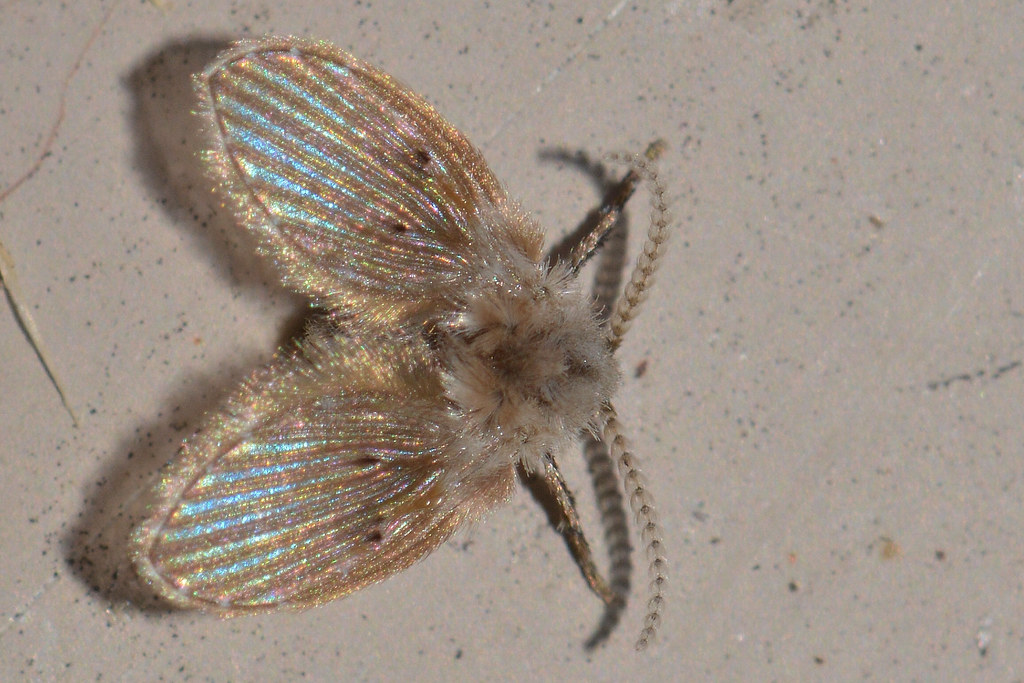Your kitchen might look spotless, but beneath the gleaming surfaces lurks a microscopic world teeming with life. Every crumb, every drop of moisture, every forgotten spill creates the perfect conditions for creatures that view your culinary sanctuary as their personal paradise. These aren’t just random invaders – they’re highly specialized organisms that have evolved over millions of years to exploit the exact conditions your kitchen provides. The warm temperatures, abundant food sources, and hidden moisture pockets create an ecosystem so perfect for certain species that once they establish themselves, removing them becomes a battle of wits and persistence. What makes this even more fascinating is how these creatures have adapted their entire life cycles to match the rhythms of human food preparation and storage.
The Fruit Fly: Master of Rapid Reproduction
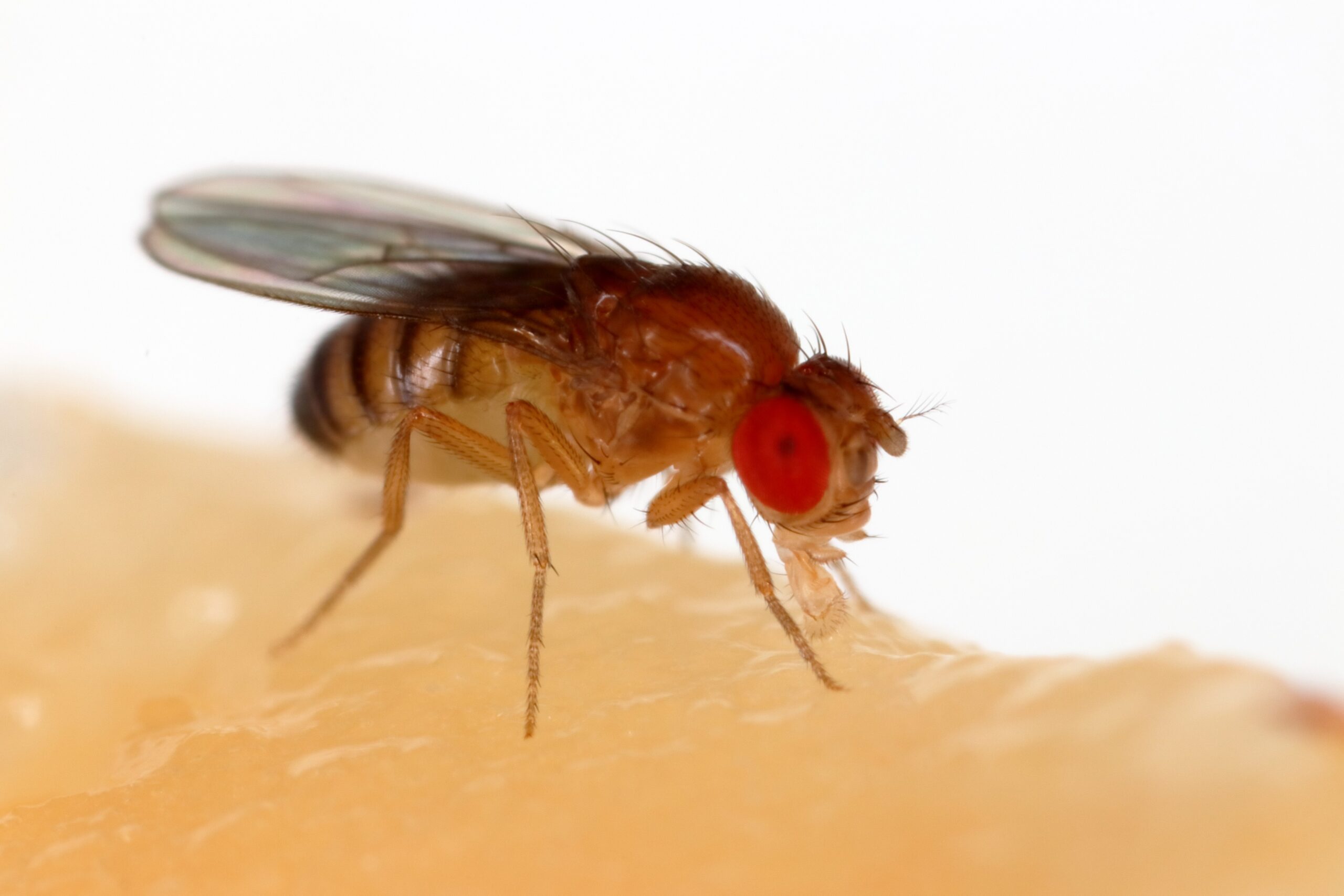
Fruit flies represent one of nature’s most efficient breeding machines, capable of turning a single overripe banana into a buzzing metropolis within days. These tiny insects, measuring just 3-4 millimeters, possess an extraordinary ability to detect fermenting organic matter from remarkable distances. Their compound eyes contain specialized receptors that can identify the chemical signatures of decomposing fruit, while their antennae pick up alcohol vapors produced during fermentation.
The reproductive cycle of fruit flies is nothing short of astounding – a female can lay up to 500 eggs during her brief 40-50 day lifespan. Under optimal kitchen conditions, with temperatures around 77°F and plenty of moisture, these eggs hatch within 24-30 hours. The larvae feed voraciously on the yeast and bacteria present in rotting organic matter, growing through three distinct stages before pupating into adults.
What makes fruit flies particularly problematic is their attraction to more than just fruit. They thrive in drain pipes, garbage disposals, empty bottles, and even the thin film of organic residue that accumulates around sink edges. Once established, a fruit fly population can explode exponentially, with each generation potentially producing thousands of offspring.
The German Cockroach: Kitchen Domination Specialist
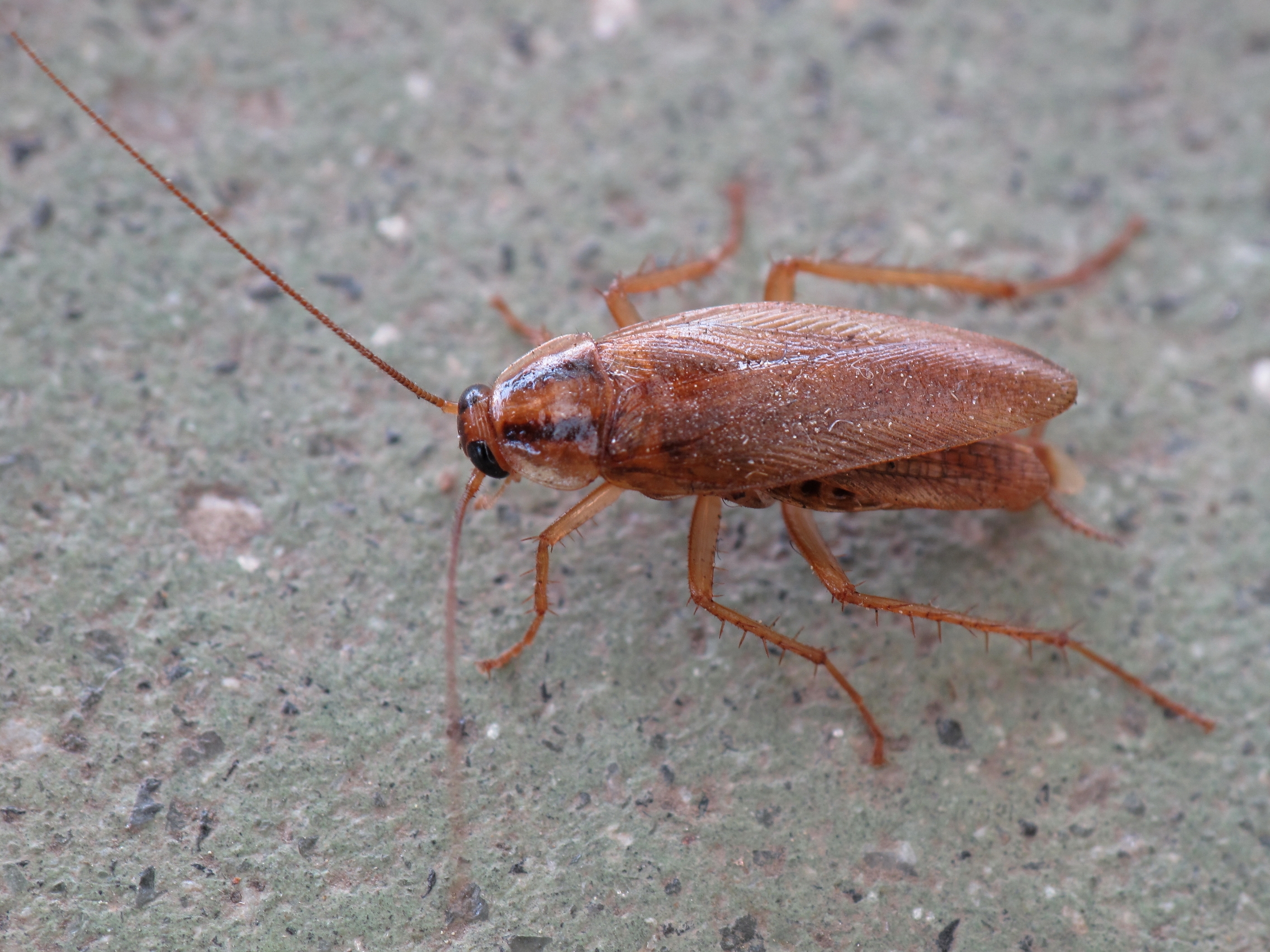
German cockroaches have earned their reputation as the ultimate kitchen invaders through millions of years of evolutionary refinement. These resilient insects measure about half an inch long and possess an uncanny ability to squeeze through cracks barely wider than a credit card. Their flattened bodies and flexible exoskeletons allow them to access spaces that seem impossible for any living creature to penetrate.
The kitchen environment provides everything German cockroaches need to thrive: warmth, moisture, food particles, and countless hiding spots. They’re particularly drawn to the areas behind appliances, where heat from motors creates ideal microclimates. These nocturnal creatures emerge after dark to forage, consuming not just food scraps but also organic materials like soap residue, toothpaste, and even book bindings.
Female German cockroaches carry their egg cases, called oothecae, until just before hatching, ensuring maximum survival rates for their offspring. Each egg case contains 30-40 eggs, and a single female can produce up to 8 cases during her lifetime. The nymphs that emerge are miniature versions of adults, molting through six stages before reaching maturity in just 36 days under optimal conditions.
The Pantry Moth: Silent Infiltrator of Stored Foods

Indian meal moths, commonly known as pantry moths, represent one of the most insidious threats to kitchen food storage systems. These small, brownish moths with distinctive copper-colored wing bands seem innocent enough, but their larvae are capable of infiltrating sealed containers and contaminating entire food supplies. Adult moths live for only 5-25 days, but during this time, females can lay up to 400 eggs directly on or near food sources.
The larvae stage is where the real damage occurs, as these small caterpillars can chew through cardboard, plastic bags, and even thin metal foil. They prefer dry goods like cereals, flour, nuts, dried fruits, and pet food, but will consume almost any organic material when hungry. The larvae spin silken webs as they feed, creating telltale signs of infestation that often go unnoticed until populations explode.
What makes pantry moths particularly challenging is their ability to complete their entire life cycle within the confines of a single food container. The eggs hatch in 2-14 days, depending on temperature, and the larvae feed for 2-41 weeks before pupating. This extended development period means infestations can persist for months, with new adults emerging continuously to reinfest other food sources.
The Drain Fly: Moisture-Dependent Breeding Machine

Drain flies, also known as moth flies, transform the moist environments around kitchen sinks into their personal nurseries. These tiny, fuzzy insects measure just 1.5-5 millimeters and are often mistaken for small moths due to their hairy appearance and erratic flight patterns. Their entire life cycle revolves around the organic slime and biofilm that accumulates in drain pipes, garbage disposals, and other moisture-rich areas.
The gelatinous film that forms inside drains provides the perfect breeding medium for drain flies, containing bacteria, fungi, and organic debris that serve as food for developing larvae. Female drain flies lay their eggs in this slime, where the larvae develop through four distinct stages over 9-15 days. The pupae are semi-aquatic, able to survive in the wet conditions that would kill many other insects.
Adult drain flies are weak fliers, typically staying close to their breeding sites and living for only 8-24 days. However, their short lifespan is compensated by their prolific breeding – each female can lay 30-100 eggs, and multiple generations can overlap throughout the year. The combination of constant moisture, organic matter, and warm temperatures in kitchen drains creates an ideal environment for continuous reproduction.
Understanding the Perfect Storm: Why Kitchens Are Irresistible

Kitchens represent the ultimate convergence of factors that attract and sustain insect populations. The combination of warmth from appliances, moisture from cooking and cleaning activities, and abundant food sources creates what entomologists call a “resource-rich environment.” These conditions mirror many insects’ natural habitats, but with the added advantage of year-round stability and protection from predators.
The microenvironments within kitchens vary dramatically, providing niches for different species. Areas behind refrigerators offer warmth and darkness, while spaces under sinks provide moisture and organic debris. Pantries supply dry goods, and fruit bowls offer fermenting sugars. This diversity means multiple species can coexist without directly competing for the same resources.
Temperature control systems in modern homes maintain the optimal ranges for insect reproduction throughout the year. Most problematic kitchen insects thrive in temperatures between 70-85°F, which coincides perfectly with human comfort zones. This consistent warmth accelerates their development cycles, allowing for rapid population growth that can quickly overwhelm prevention efforts.
The Science Behind Insect Attraction to Food Sources
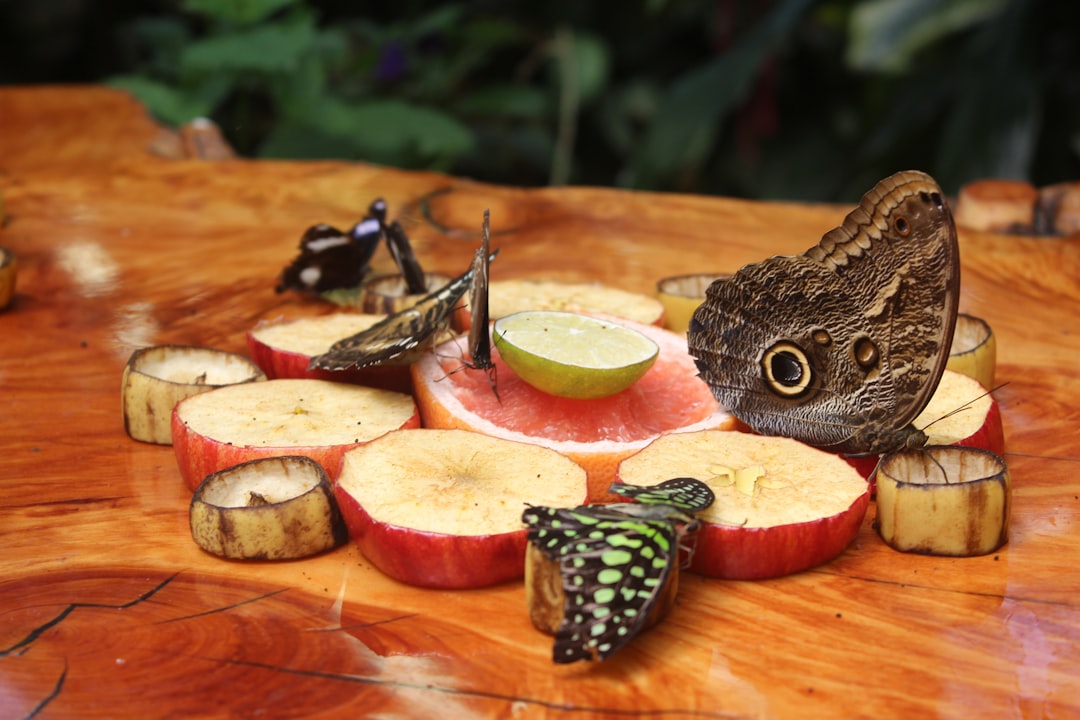
Insects locate food sources through sophisticated sensory systems that have evolved over millions of years. Chemical receptors in their antennae can detect volatile compounds released by decomposing organic matter at concentrations as low as parts per billion. This extraordinary sensitivity allows them to locate food sources from considerable distances, even through barriers like cabinet doors and sealed containers.
The olfactory systems of kitchen insects are specially tuned to detect the chemical signatures of their preferred food sources. Fruit flies, for example, are attracted to the esters and alcohols produced during fermentation, while cockroaches respond to a broader range of organic compounds including proteins, fats, and carbohydrates. These chemical cues create invisible trails that guide insects directly to their targets.
Visual cues also play important roles in insect behavior, with many species using light patterns and color contrasts to navigate kitchen environments. Drain flies are attracted to the moist, dark conditions around sinks, while pantry moths seek out the shadowy interiors of cabinets and storage areas. Understanding these attraction mechanisms is crucial for developing effective prevention strategies.
Hidden Breeding Grounds: Where Insects Multiply Unseen

The most successful kitchen insects are those that reproduce in areas rarely disturbed by human activity. Behind appliances, inside wall voids, and within the depths of drain systems, entire colonies can flourish without detection. These hidden breeding grounds provide the security and resources needed for exponential population growth.
Appliance motors generate heat and create convection currents that distribute food particles and moisture throughout surrounding areas. The space beneath refrigerators often accumulates organic debris, creating perfect conditions for cockroach reproduction. Similarly, the warm, moist environment behind dishwashers provides ideal conditions for drain fly development.
Food preparation areas contain numerous microscopic crevices where organic matter accumulates over time. Crumbs and spills work their way into spaces between countertops and appliances, creating long-term food sources that can sustain insect populations for months. These hidden reserves allow insects to survive even when visible food sources are eliminated.
The Lifecycle Acceleration Effect of Kitchen Environments
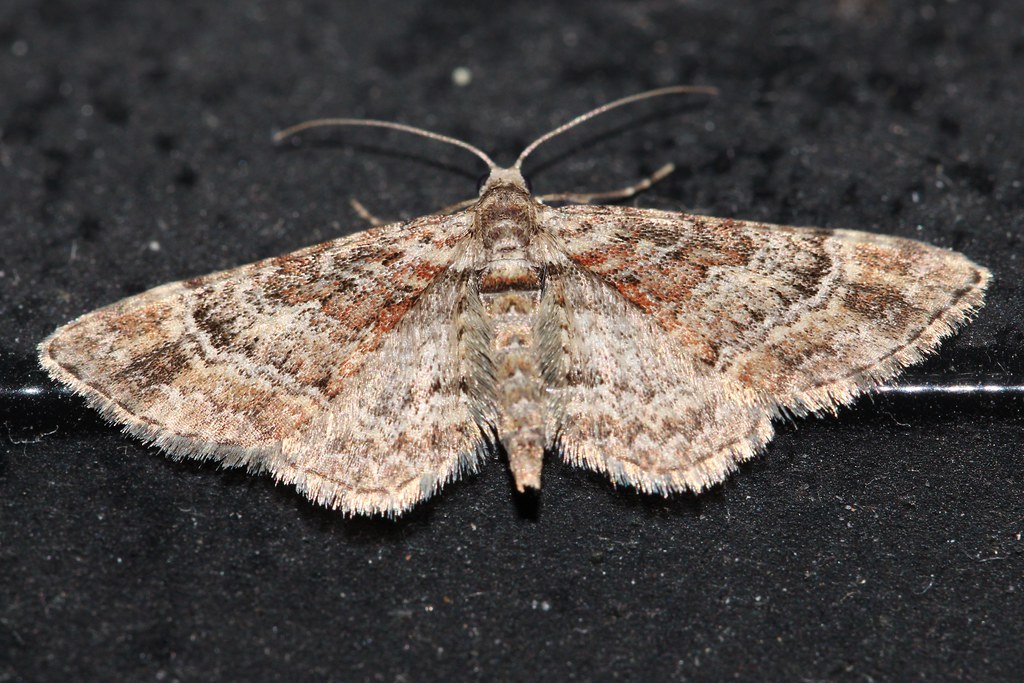
Kitchen environments dramatically accelerate insect development cycles through optimal combinations of temperature, humidity, and nutrition. What might take months in natural environments can occur in weeks or even days within the controlled conditions of indoor kitchens. This acceleration creates a feedback loop where each generation reproduces faster than the previous one.
The constant availability of food sources eliminates the natural feast-or-famine cycles that normally regulate insect populations. In wild environments, insects must expend significant energy searching for food and mates, but kitchen environments provide both in abundance. This energy surplus is redirected toward reproduction, resulting in larger egg clutches and higher survival rates.
Predator absence in indoor environments removes another natural population control mechanism. Without spiders, birds, and other natural enemies, insect populations can grow unchecked. The combination of abundant resources and reduced mortality creates population explosions that can overwhelm even the most diligent homeowners.
Moisture: The Hidden Catalyst for Insect Reproduction

Water availability is often the limiting factor for insect reproduction in natural environments, but kitchens provide multiple sources of moisture that support continuous breeding. Steam from cooking, condensation from appliances, and residual moisture from cleaning activities create humidity levels that favor insect development. Even small amounts of standing water can support large populations of certain species.
Drain systems represent particularly problematic moisture sources because they combine water with organic matter in hard-to-reach locations. The biofilm that forms in drains provides both breeding habitat and food sources for multiple insect species. This combination makes drains among the most productive insect breeding sites in typical homes.
Appliance condensation creates micro-pools of water that often go unnoticed but provide crucial moisture for insect reproduction. Refrigerator drip pans, dishwasher seals, and ice maker connections all generate small amounts of water that can sustain significant insect populations. These moisture sources are particularly important during dry seasons when other water sources may be scarce.
Temperature Zones and Their Impact on Insect Development

Different areas of kitchens maintain distinct temperature profiles that favor specific insect species. Areas near ovens and stoves reach temperatures that accelerate development in heat-loving species, while cooler zones near exterior walls may favor different insects. This temperature variation creates multiple ecological niches within a single room.
The thermal mass of appliances creates temperature gradients that persist even when equipment is turned off. Areas behind refrigerators remain warm due to compressor heat, while spaces near windows may experience temperature fluctuations that some insects exploit for reproductive timing. These thermal patterns influence where insects establish breeding sites and how quickly they reproduce.
Seasonal temperature changes affect insect activity levels and reproduction rates, with warmer periods typically corresponding to increased breeding activity. However, the controlled environment of modern kitchens buffers these natural fluctuations, allowing insects to maintain high reproductive rates year-round. This consistency gives indoor populations significant advantages over their outdoor counterparts.
Food Storage Vulnerabilities That Enable Insect Invasions
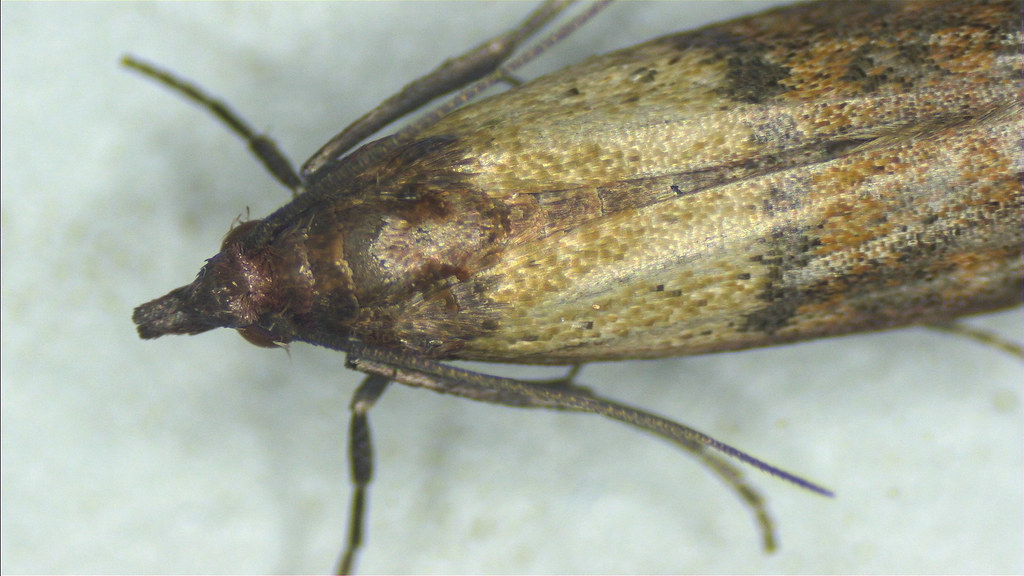
Modern food storage systems, while convenient for humans, often provide easy access for insects equipped with specialized feeding and reproductive strategies. Cardboard packaging, plastic bags, and even sealed containers can be compromised by insects with evolved capabilities to overcome these barriers. The concentration of diverse food sources in small spaces creates ideal conditions for multiple insect species to coexist and thrive.
Pantry moths demonstrate remarkable abilities to penetrate food packaging, with larvae capable of chewing through materials that appear impenetrable to casual observation. Their silk-spinning capabilities allow them to create protective webbing while feeding, and their small size enables them to access containers through microscopic openings. Once inside, they can complete their entire life cycle without ever leaving the food source.
The practice of storing opened packages in their original containers often provides insects with easy access to food sources. Even small tears or loose seals can admit insects, and the mixing of different food types in pantries creates diverse nutrition sources that support varied insect populations. This storage approach inadvertently creates buffet-style feeding opportunities that insects exploit with remarkable efficiency.
The Amplification Effect of Food Waste and Organic Debris
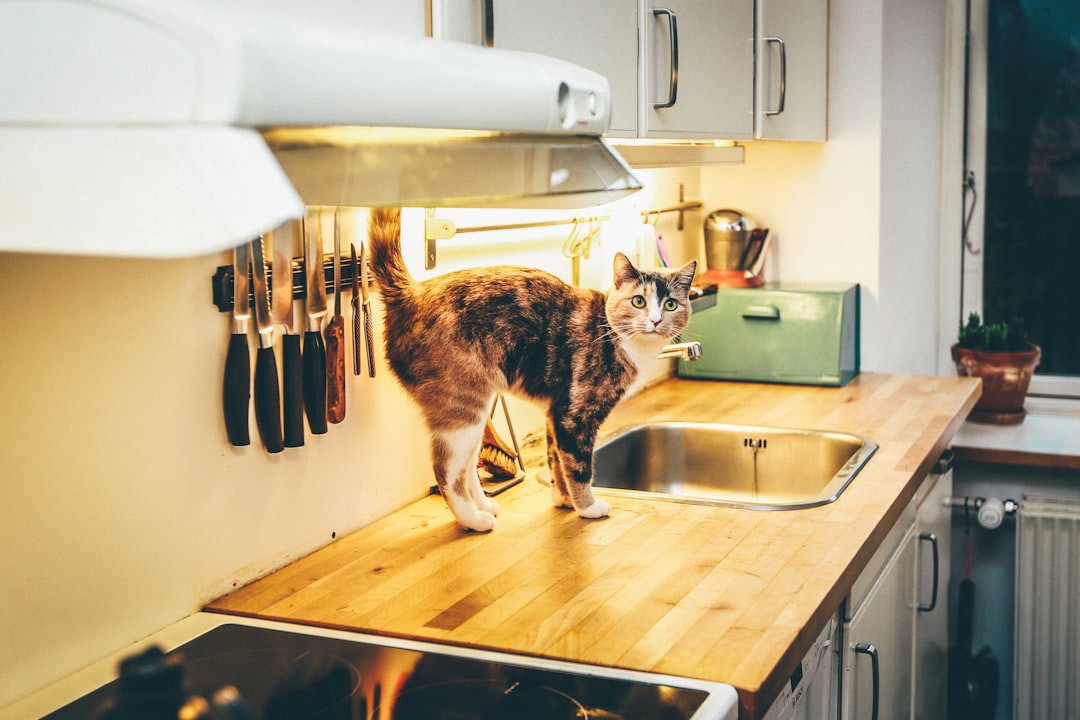
Even minimal amounts of food waste and organic debris can support surprisingly large insect populations due to their efficient metabolisms and rapid reproduction rates. Fruit flies, for instance, can complete their entire life cycle in the thin film of organic residue that accumulates around sink edges or in the bottom of trash cans. These seemingly insignificant food sources become reproductive powerhouses under the right conditions.
Decomposing organic matter generates heat through bacterial action, creating localized warm zones that further accelerate insect development. The fermentation process also produces alcohol and other compounds that serve as powerful attractants for certain species. This combination of warmth, nutrition, and chemical cues creates irresistible breeding sites that can support multiple generations of insects.
Food waste also provides diverse nutritional profiles that support different insect species simultaneously. While fruit flies prefer fermenting sugars, cockroaches consume proteins and fats, and pantry moths focus on carbohydrates. This resource partitioning allows multiple species to coexist in the same environment without direct competition, leading to complex insect communities within kitchen ecosystems.
Prevention Strategies: Breaking the Breeding Cycle
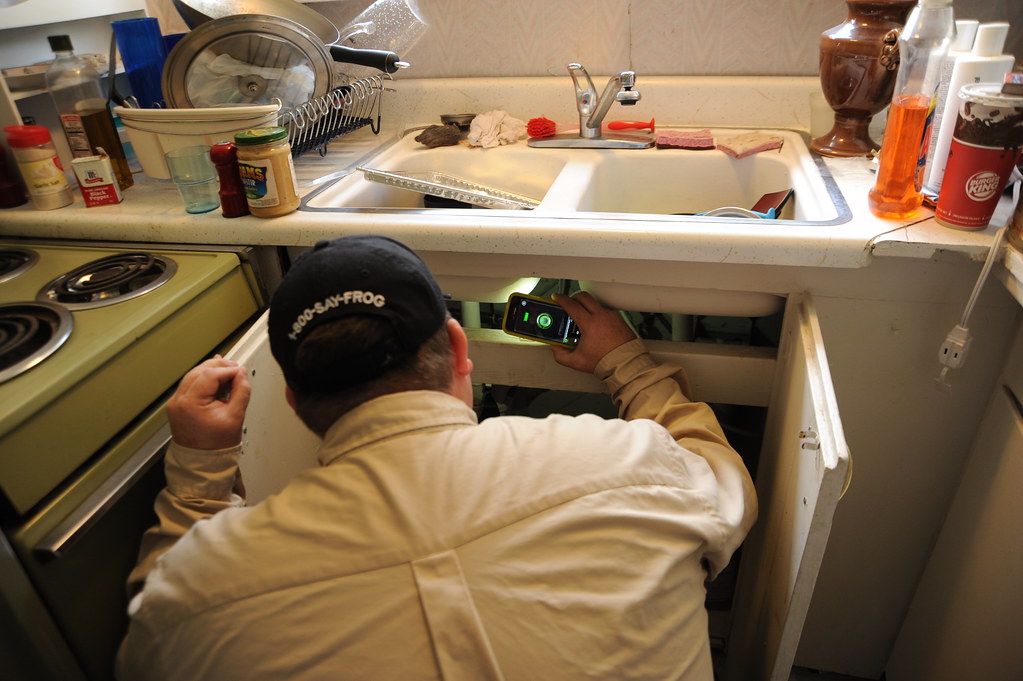
Effective insect control requires understanding and disrupting the specific environmental conditions that enable reproduction. This involves identifying and eliminating moisture sources, securing food storage systems, and maintaining rigorous cleaning protocols that remove organic debris before it can support insect populations. The goal is to make kitchens inhospitable to insect reproduction rather than simply killing existing adults.
Moisture control represents the most critical aspect of insect prevention, as water availability often determines whether insects can successfully complete their life cycles. Fixing leaks, improving ventilation, and ensuring proper drainage can dramatically reduce insect breeding potential. Even small improvements in moisture management can have significant impacts on insect populations.
Food storage modifications can effectively prevent insect access to nutritional resources. Using airtight containers, regularly cleaning storage areas, and implementing rotation systems that prevent food from remaining stationary for extended periods can disrupt insect breeding cycles. These approaches work by eliminating the stable resources that insects need for sustained reproduction.
Conclusion
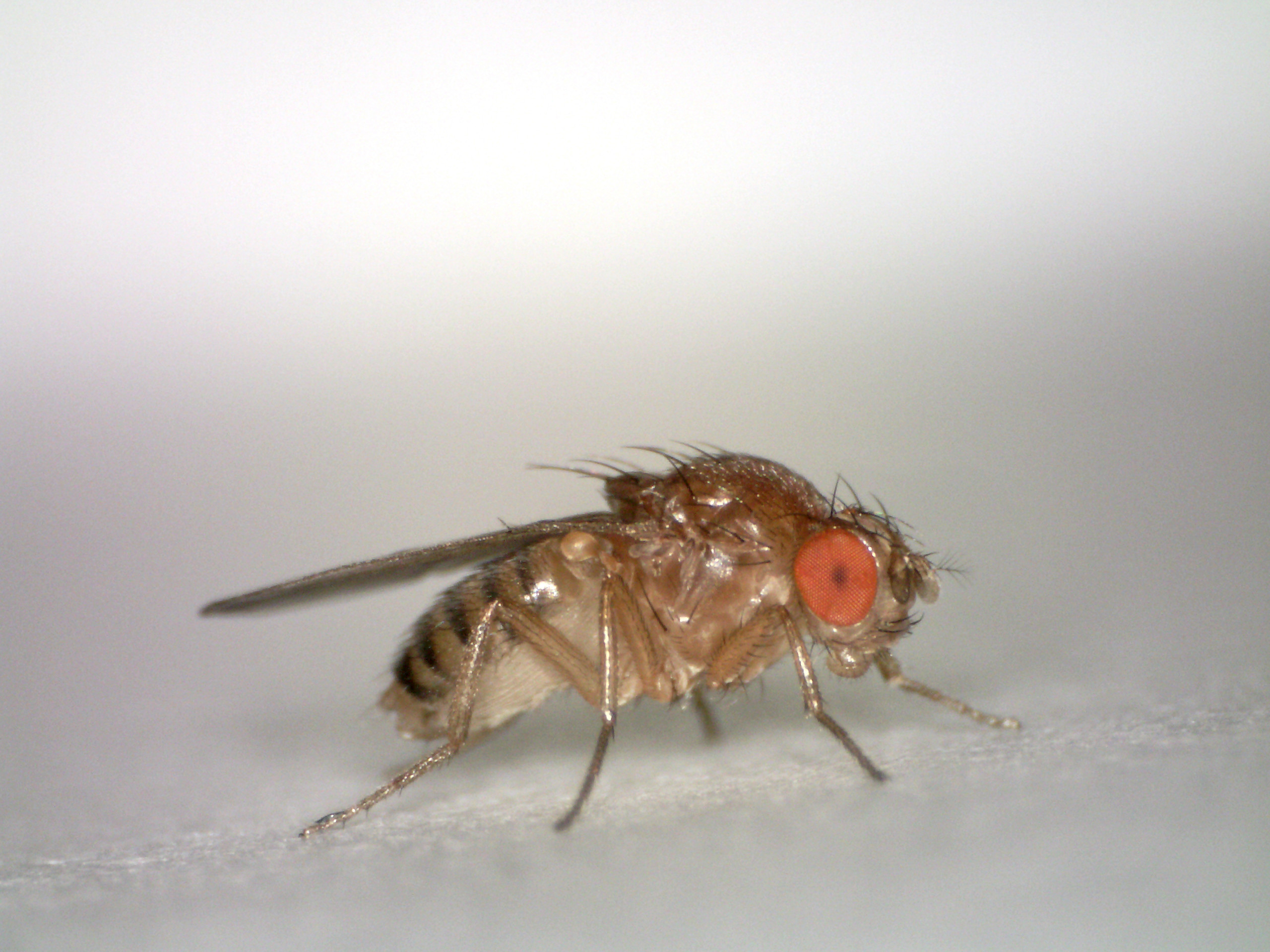
The transformation of kitchens into insect breeding grounds represents a fascinating example of evolutionary adaptation meeting modern human environments. These four species – fruit flies, German cockroaches, pantry moths, and drain flies – have each evolved specialized strategies to exploit the unique conditions that kitchens provide. Their success stems from millions of years of evolutionary refinement that has produced creatures perfectly adapted to thrive in environments characterized by warmth, moisture, and abundant food sources.
Understanding the science behind these infestations reveals that prevention requires more than simple cleanliness – it demands a comprehensive approach that addresses the specific environmental factors that enable insect reproduction. By disrupting moisture sources, securing food storage systems, and eliminating organic debris, homeowners can transform their kitchens from insect paradises into inhospitable environments that cannot support breeding populations.
The next time you spot a lone fruit fly hovering near your fruit bowl, remember that you’re witnessing the advance scout of a potential invasion force. Will you let your kitchen become their next breeding ground, or will you use this knowledge to keep them at bay?

